- Home
- /
- Venture Capital
- /
- Tokenomics Decoded: The Blueprint for…
Introduction: More Than Just a Coin
In the wild world of cryptocurrency, it’s easy to get swept up by hype, charismatic founders, and flashy promises. But seasoned investors know there’s a more critical factor hiding in plain sight: tokenomics. Short for “token economics,” tokenomics is the foundational study of a cryptocurrency’s economic structure. It’s the master plan that dictates how a token is created, distributed, managed, and, ultimately, how it might accrue value over time.
Think of it as the architectural blueprint for a digital economy. A well-designed blueprint can lead to a thriving, sustainable metropolis. A flawed one, no matter how beautiful the renderings, will result in a ghost town. Understanding tokenomics isn’t just for economists; it’s an essential skill for anyone looking to navigate the crypto space with confidence.
The “Why”: More Than Just Fundraising
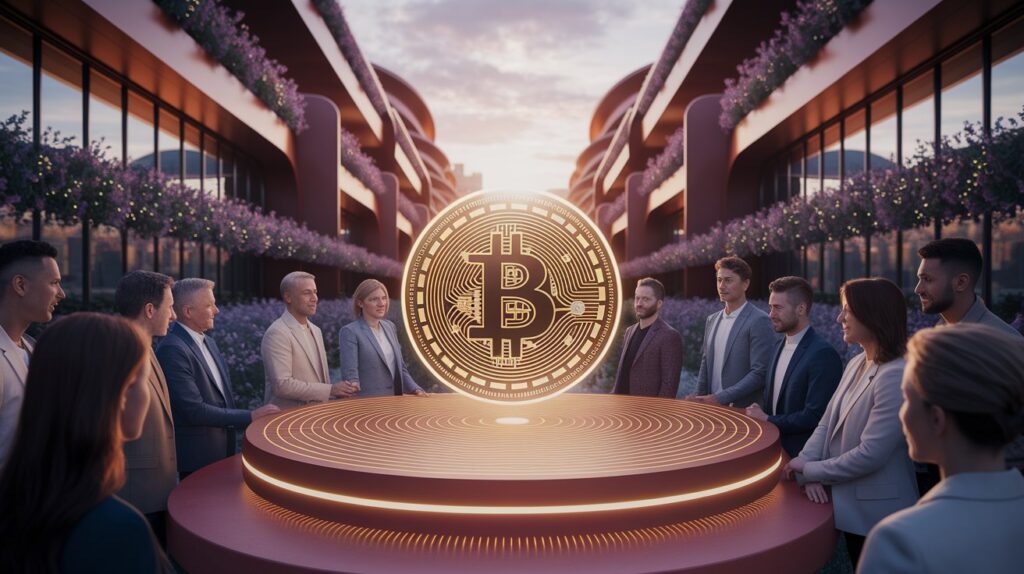
Before diving into the mechanics, it’s crucial to understand why a project needs its own token in the first place. The reasons are both economic and structural.
Economically, tokens are a powerful tool for raising capital. Unlike traditional equity fundraising, which is often restricted to accredited investors, token sales can be global and inclusive, allowing early adopters and community members to invest alongside venture capitalists. This creates a powerful marketing flywheel and fosters a deeply engaged community from day one.
Structurally, tokens are the pillars of decentralization. They are the key that unlocks governance in a Decentralized Autonomous Organization (DAO), allowing holders to vote on the project’s future. They align incentives, ensuring that developers, users, and service providers all benefit from the network’s growth. In essence, a token transforms users into stakeholders.
Also Read: SAFE vs SAFT vs SAFE+T: The Startup Fundraising Contracts Shaping Crypto and Web3
The Supply Side: Scarcity, Inflation, and Unlocks
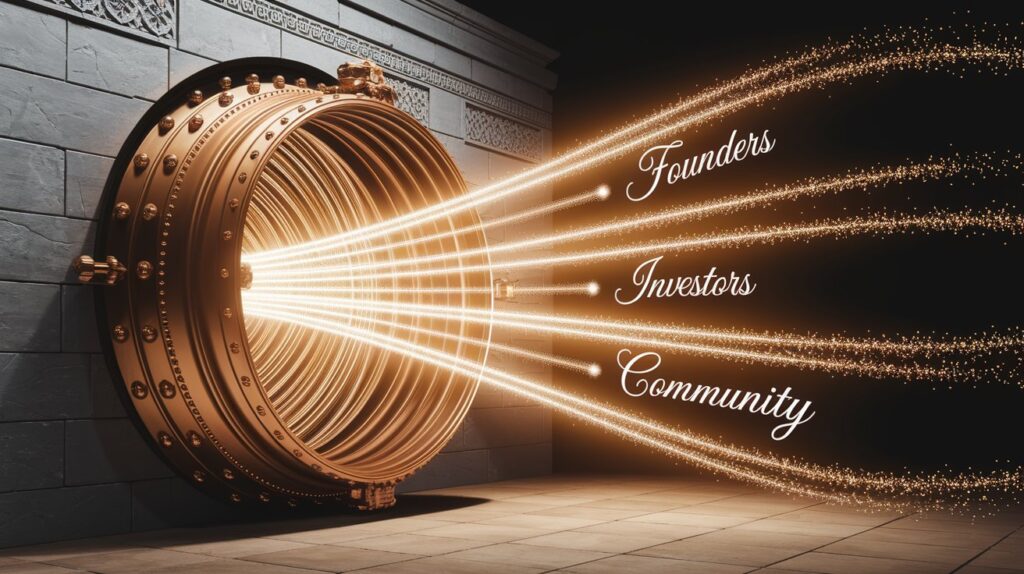
The supply side of tokenomics answers a fundamental question: based on how this token is issued and released, will it become more scarce or more diluted over time? To answer this, we focus on three core concepts: allocations, vesting, and emissions.
Token Allocations: Who Gets What?
The initial distribution of tokens tells a vivid story about a project’s priorities. Allocations are typically split among:
- Founders & Team: Often subject to longer lockups to ensure long-term commitment.
- Private Investors: Venture capitalists and strategic backers.
- Public Sale: Retail investors who participate in initial offerings.
- Ecosystem & Incentives: The largest and most crucial allocation for community growth, including grants, airdrops, and staking rewards.
- Foundation: A treasury controlled by a non-profit entity to fund ongoing development.
A clear trend has emerged in recent years. Early projects like Bitcoin and Ethereum had simpler distributions, but newer Layer 1 blockchains, such as Avalanche and NEAR, have significantly increased the percentage allocated to Ecosystem Incentives. This shift away from large public sales shows a growing emphasis on building a vibrant community rather than just raising capital.
Key questions for investors: Is too much power concentrated with founders and VCs? Is there a substantial and well-managed treasury for future ecosystem growth?
Vesting Periods: The Art of Commitment
Vesting periods, or “lockups,” are the rules that prevent insiders from dumping their tokens immediately after launch. They are a critical trust-building mechanism.
Data shows that lockup periods and “cliffs” (a period with no unlocks before vesting begins) have generally increased over time. This reflects a market that rewards long-term commitment from teams and investors. Interestingly, this contrasts with the traditional tech sector, where companies like Stripe have been shortening employee vesting schedules.
A longer, structured vesting schedule allows the market to anticipate and absorb token unlocks gradually, preventing violent price swings and signaling that the team is in it for the long haul.
Emissions and Burns: The Token’s Monetary Policy
Emissions refer to the rate at which new tokens are created, typically as rewards for validators or liquidity providers. This is the token’s inflation rate. Some tokens, like Bitcoin, have a fixed supply cap. Others, like many Layer 1s, are inherently inflationary to continue rewarding network participants.
However, a powerful counter-mechanism exists: token burns. Projects like BNB (through its auto-burn and gas fee burn) and Ethereum (post EIP-1559) destroy a portion of tokens used in transaction fees. When network activity is high, the burn rate can outpace new emissions, making the token deflationary. This directly ties the token’s scarcity to its utility, creating a compelling value-accrual mechanism.
The FDV vs. Market Cap Trap
A critical red flag for any investor is a large gap between a token’s Market Capitalisation (based on circulating supply) and its Fully Diluted Valuation (FDV) (based on total future supply).
A high FDV relative to market cap indicates that a massive amount of tokens are still to be unlocked and hit the market. This represents significant future selling pressure. Several prominent Solana ecosystem projects, like Serum and Orca, have faced criticism for this very reason. Always check the emission schedule. Will the circulating supply double in a year, or is the unlock gradual?
Also Read: Fundamentals of Web3.0
The Demand Side: Why Hold This Token?
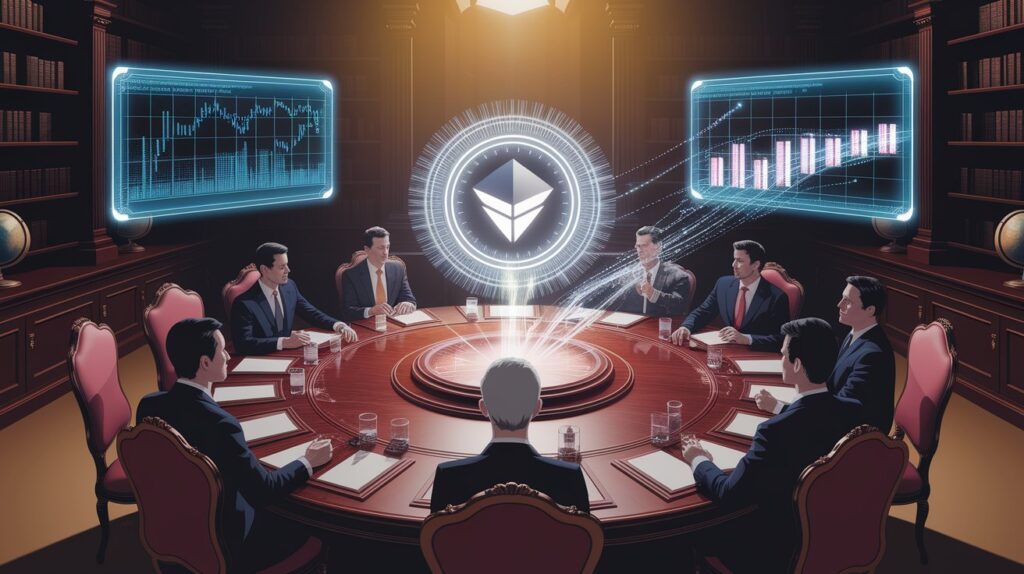
A perfectly designed supply is worthless if no one wants the token. Many projects fail by focusing solely on supply and neglecting the demand side. Demand is driven by utility and incentives.
Governance: More Than Just Voting
Governance is a primary utility driver. Holding a token can grant the right to vote on a project’s future, from treasury management to technical upgrades. Transparent and healthy governance builds trust and gives holders a real stake in the outcome.
Most projects use a “one coin, one vote” DAO model, but this can lead to low participation and plutocracy (rule by the wealthiest). An innovative alternative is the Vote Escrow (ve) model, pioneered by Curve Finance. In this system, users can lock their tokens for a set period (e.g., up to four years) to receive veTokens, which grant boosted rewards and greater voting power. This brilliantly aligns incentives with long-term holders.
Real-World Utility: The Demand Engine
A token’s utility is what creates organic, lasting demand. According to thought leaders like William Mougayar, tokens can serve several key roles:
- Right: Access to governance, exclusive products, or services.
- Value Exchange: The medium for a project’s internal economy.
- Toll: A fee for using the network or running smart contracts.
- Earnings: A share in the protocol’s revenue.
For example, Chainlink’s LINK token is used to pay node operators for providing real-world data to smart contracts. Its utility is directly tied to the core function of its network. Conversely, projects like OlympusDAO offered staggeringly high staking yields (APYs) but lacked sustainable utility, leading to a collapse when the “game theory” behind its tokenomics met reality.
Also Read: Fundamentals of Blockchain
Beyond the Basics: Advanced Token Models
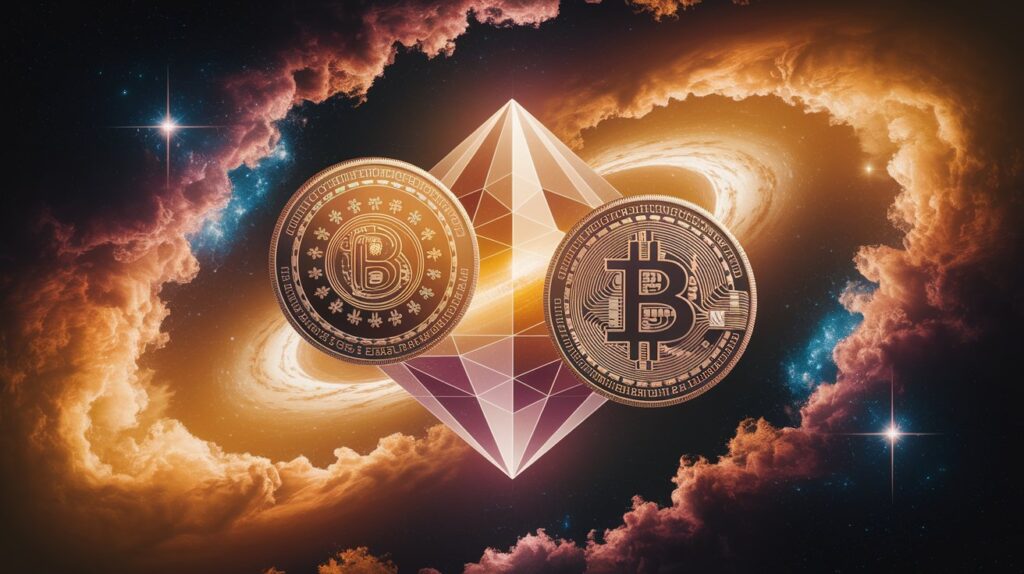
As the space matures, more complex models have emerged to solve specific problems.
The Two-Token Model
Some projects, particularly in gaming and complex ecosystems, use two tokens. The goal is to separate concerns.
- Governance Token (e.g., AXS for Axie Infinity): Has a fixed supply, used for voting and staking. Its value is derived from the project’s overall success.
- Utility Token (e.g., SLP for Axie Infinity): Has an unlimited or flexible supply, used for in-game actions. Its value is tied to immediate utility within the platform, insulating it from the speculation that affects the governance token.
This separation prevents a single token from being pulled in too many directions, allowing for a more stable in-game economy while still offering a scarce asset for investors.
Recommended Reading

To deepen your understanding of the economic and philosophical concepts behind tokenomics and crypto, consider these books:
- “Token Economy: How the Web3 Reinvents the Internet” by Shermin Voshmgir: A comprehensive guide to token models and their economic implications.
- “The Bitcoin Standard” by Saifedean Amous: A foundational text on the economics of Bitcoin and sound money, providing essential context for any cryptocurrency study.
- “The Sovereign Individual” by James Dale Davidson and Lord William Rees-Mogg: While not about crypto directly, this book explores the shifts in economics and sovereignty in the digital age, themes that are central to the crypto ethos.
- “Mastering Bitcoin” by Andreas M. Antonopoulos: For a technical deep dive into the original cryptocurrency, which helps in understanding the mechanics that later projects build upon.
- “The Infinite Machine” by Camila Russo: An engaging narrative of the creation of Ethereum, offering invaluable insight into the thinking and challenges behind the world’s leading smart contract platform.
Frequently Asked Questions (FAQ)

Q1: What is tokenomics?
A: Tokenomics refers to the study and design of a token’s economic model, including its supply, demand, utility, and governance mechanisms.
Q2: What is the single most important thing to look for in a token’s tokenomics?
A: There’s no single answer, but a combination of a reasonable, transparent vesting schedule for insiders and a clear utility-driven demand model is paramount. Avoid projects where a huge portion of the supply is held by a few parties with short lockups, or where the token’s only purpose is speculative.
Q3: Are deflationary tokens always better than inflationary ones?
A: Not necessarily. A fixed, deflationary supply is great for a store of value like Bitcoin. However, a moderate, predictable inflation rate can be healthy for a network that needs to continuously incentivize validators, liquidity providers, and other key participants. The context matters.
Q4: What does a high FDV compared to Market Cap mean for me as an investor?
A: It means you are valuing the project today as if all its future tokens are already in circulation. This often signals that early investors and team members have a large amount of tokens yet to be sold, which could create significant selling pressure down the line, capping your upside potential.
Q5: Can a project succeed with bad tokenomics if the product is good?
A: It’s possible in the short term, but it’s an uphill battle. Poor tokenomics, such as excessive inflation or misaligned incentives, can constantly act as an anchor on the project, driving away long-term holders and creating perpetual sell pressure. Good tokenomics helps a good product reach its full potential.
Q6: How does the veToken model (like Curve’s) actually work?
A: Users lock their base tokens (e.g., CRV) for a chosen period. In return, they receive a non-tradable, vote-escrowed token (veCRV). The longer the lock, the more veTokens they get. These veTokens grant them a share of protocol fees, boosted rewards on liquidity pools, and greater voting power. It’s a direct reward for long-term commitment.
Q7: What is a “cliff” in a vesting schedule?
A: A cliff is a specific period, typically one year, that must pass before the first portion of locked tokens or equity is released. If an employee or investor leaves before the cliff date, they receive no tokens. It is an additional mechanism to incentivize longer commitment.
Q8: What are Airdrops and Lockdrops?
A: Airdrops are a token distribution method where tokens are allocated to users, often based on their past engagement with a protocol. Lockdrops are a close relative that requires a commitment from the user to receive tokens, typically by locking up an existing asset for a set period. The longer the lockup, the larger the reward. Lockdrops tend to focus on building a future engaged community, while airdrops are often used for marketing and brand awareness.
Q9: How do deflationary mechanisms like EIP-1559 work?
A: In a protocol like Ethereum, EIP-1559 introduced a mechanism where a base transaction fee is burned (destroyed) instead of being paid entirely to validators. This burn mechanism reduces the overall supply of the token. During times of high network usage, the amount of burned tokens can exceed the new tokens issued through block rewards, resulting in a net deflationary effect on the supply.
Conclusion: The Unbreakable Link Between Product and Token

In the final analysis, tokenomics is a powerful lens for evaluation, but it is not a crystal ball. The most elegantly designed token is doomed to fail if the underlying product is weak, solves no real problem, or has no product-market fit.
OpenSea dominated the NFT market for years without a token. Uniswap remains a DEX leader despite its UNI token having fewer utilities than its competitors. Their success is rooted in their superior products, liquidity, and first-mover advantage.
Tokenomics is the engine, but the product is the vehicle. A powerful engine in a broken car won’t get you far. A mediocre engine in a superb car can still cover significant ground. The ultimate winners in the crypto space will be those that master both: building indispensable products powered by sustainable, well-designed token economies that genuinely reward their communities.

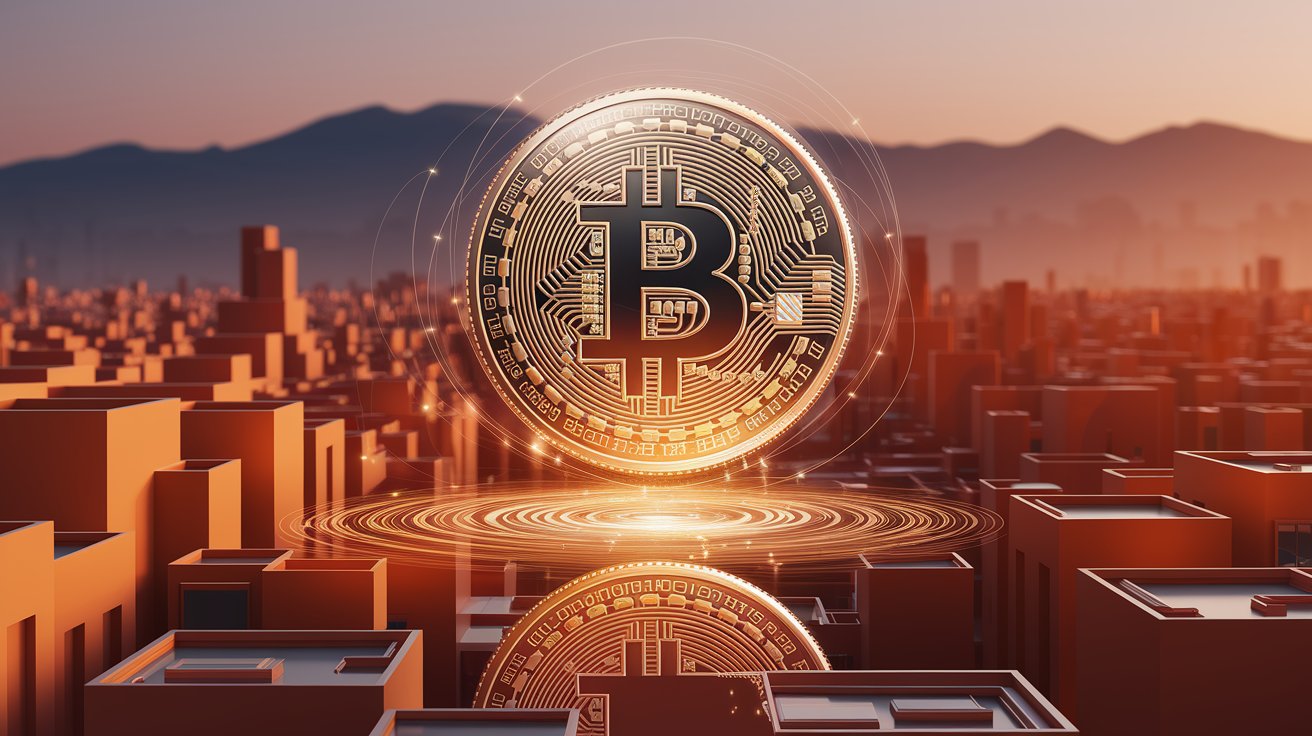

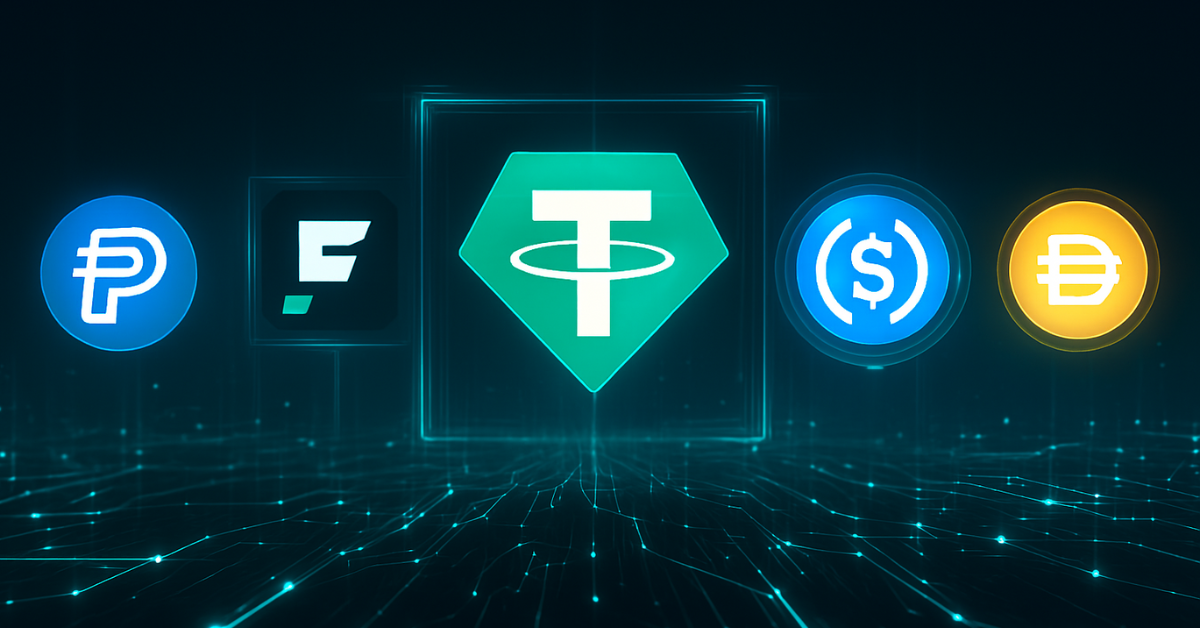


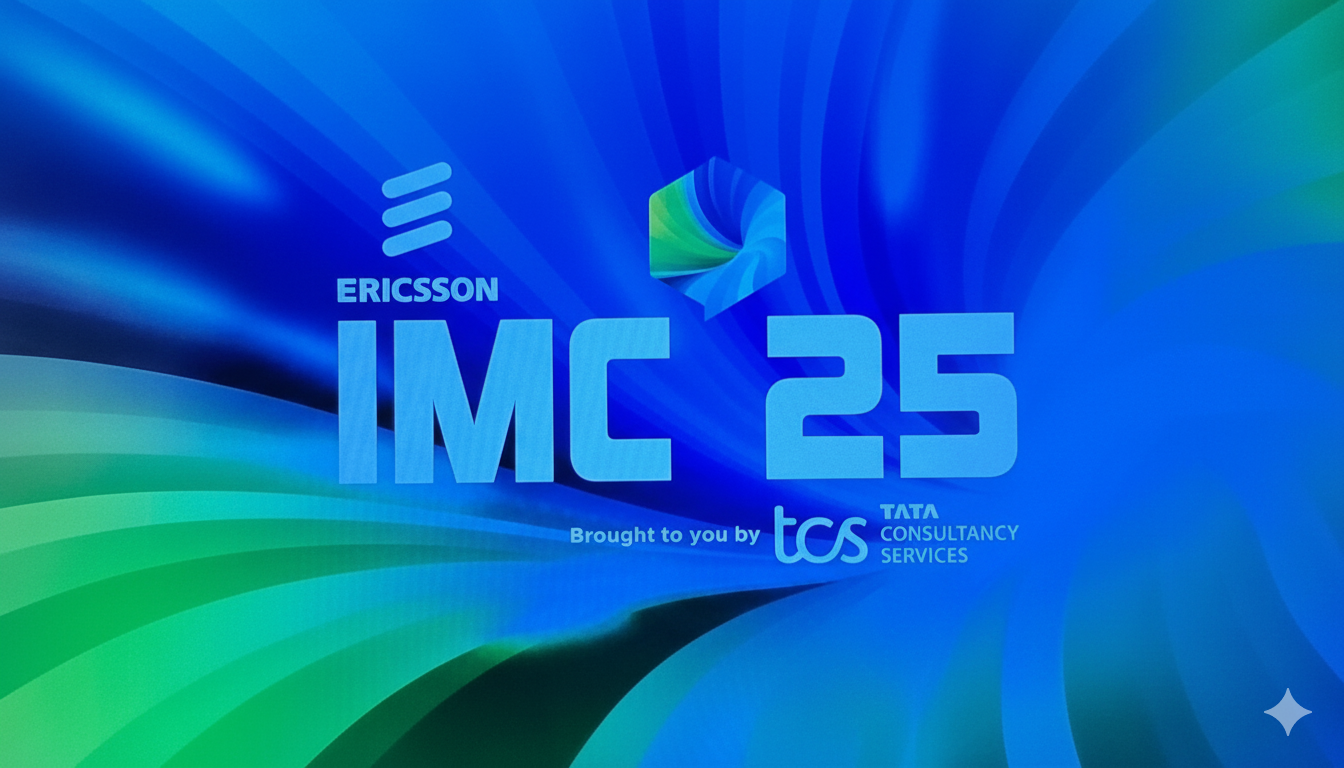





Leave a Reply